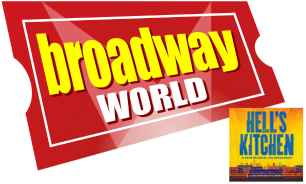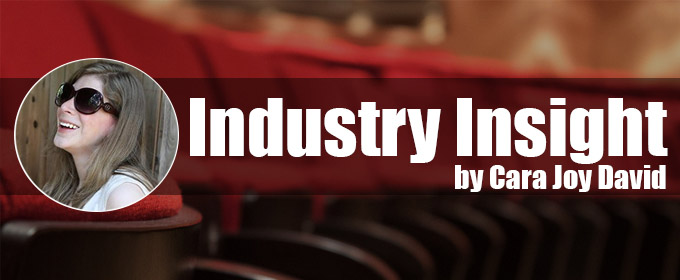Industry Editor Exclusive: The Rise of the Broadway Concert
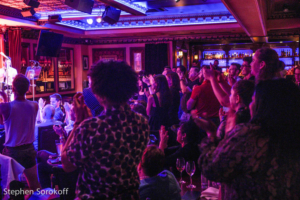
A few decades ago young Broadway performers rarely did their own shows, at least not in NYC. Some of them found a place--and there are examples to be cited for sure--but it wasn't all that common. The Laurie Beechman Theatre, downstairs at the West Bank, likely hosted the most. The more established music venues, such as Birdland, were for more established performers. While Joe's Pub was created for "young artists" in 1998, it often didn't recruit from the Broadway stable. Some theater companies would host a pop-up night or series, but it usually wasn't more than that unless the performer would automatically attract a big crowd.
Then came 54 Below in 2012. The venue, marketed as "Broadway's living room," and rebranded Feinstein's/54 Below in 2015, ushered in a new era. It was founded by Tony Award-winning producers Tom Viertel, Marc Routh, Richard Frankel and Steve Baruch (HAIRSPRAY, THE PRODUCERS) and really sought to give Broadway performers a home to perform material. (They also use their mailing list to solicit Broadway investments, but that is a column for another day.) With up to three shows a night, some less established performers can get a shot in a classy spot.
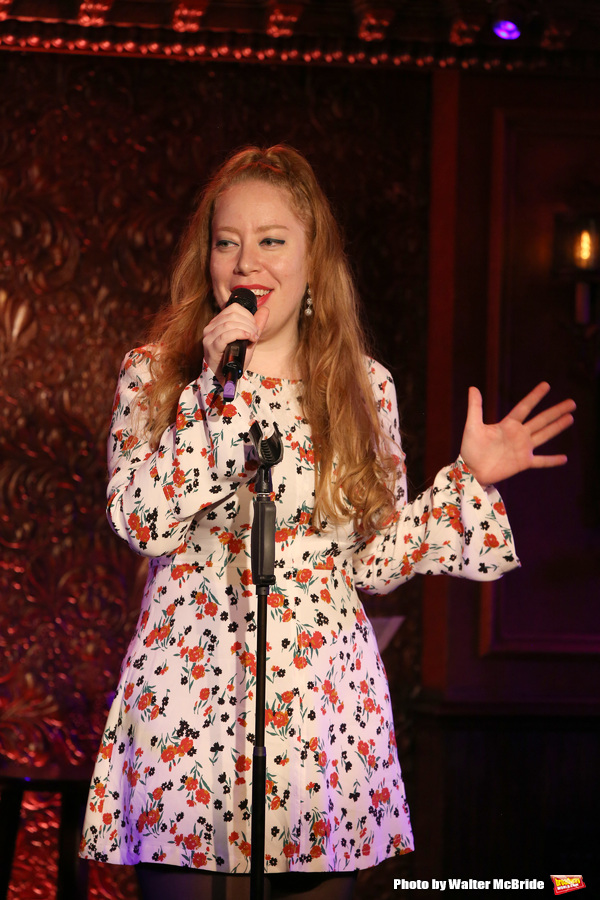
"54 Below has high scale dining and high scale ambiance," said Jennifer Ashley Tepper, Director of Programming at the venue. "The venue is designed by a Broadway sound designer, a Broadway lighting designer. The sound is one thing I hear about a lot; people come back for the sound."
54 Below has to exist on its own. That means there tends to be a food and beverage minimum. Performers in the 7pm slot have to be guaranteed sellers because the owners need to sell a full dinner to those guests. Business is tough. Shows go on sales months and months ahead to keep the cash rolling in. A cancellation of just one performance is problematic for a venue that has cabaret as its only business.
Other venues have help by a parent organization and/or shared kitchen and other staff. And there have been many cropping up. For example, there is the "Broadway @ W" series at The Living Room at W Times Square where Broadway performers often find a home, including full casts from shows. (Daniel J. Watts, who used to host the series, declined to be interviewed for this piece.) Then there is The Green Room 42, which is marketed as "Broadway's New & Funky Cabaret Club." The venue, located inside the YOTEL Times Square, opened with a Lillias White concert on February 14, 2017. Broadway performers can also be seen at other music venues scattered throughout the city, including Rockwood Music Hall.
Daniel Dunlow, who founded The Green Room 42 and serves as its Program Director, said they started with the stage and decided what to do from there. "The Green Room is responsive to what the industry wants to see," he said. "It's just as much for the artist as it is for the fan as it is for the tourist."

The venue never has a food and drink minimum. It also has at least some tickets at $25 or lower for each performance. Dunlow said he reaches out to about half the acts, but about half come to him. The vibe tends to be casual. It is in line with other venues that can be more flexible because they are subsidiary businesses, unlike something like 54 Below or one of the more prominent jazz clubs that stand on their own.
Those spoken to give many reasons for the proliferation of these venues. First, thanks to social media, the number of theater artists with followings has skyrocketed. Second, with cheaper recording and self-publishing means, more people are creating their own music they want to promote. Third, what is presented has changed. It's not only traditional cabaret like we think of it, it's concerts of new musicals, reunion concerts, performers singing songs by specific pop artists, etc. That also is in part thanks to social media, which has promoted shows and ensembles in ways that significantly impact their legacy.
"We do 18 shows a week," said Tepper. "Those are all different kinds of shows -- maybe it's a reunion of a cast that was last together six years ago, maybe it's a Tony winner doing hits of a certain artist."
Recently 54 Below hosted Shoshana Bean for a series of popular shows which featured Bean singing Broadway songs. Bean had the 7pm slot, which is the most coveted. After her on those nights was a less known performer, who netted less in ticket price. That is generally the way it goes. Bean and other better known performers can attract a more affluent audience -- they can make money for themselves and also the venue they perform in. Other performers might do it for the exposure or love of performing. Though the latter doesn't pay the bills.
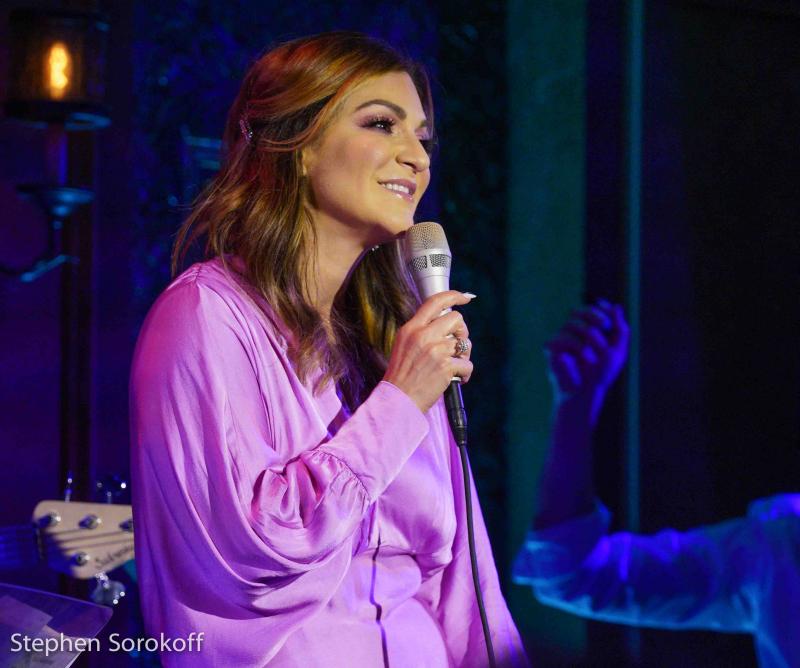
To be clear, some of these performances are from people who are doing it on a dark night for their Broadway show (ex: Reeve Carney's series at The Green Room); some are from traditional cabaret performers who travel around the world performing their cabaret show and do not act anymore (ex: Marilyn Maye); and some are from artists who both tour with their cabaret shows and also perform in musicals (ex: Lillias White).
Fans love these shows. In the last few weeks, I've spoken to people outside of the Beechman, The Green Room 42 and Feinstein's/54 Below and 98% of the folks were fans of the artist ahead of time. My guest for Bean was a novice who now calls her the "white Mariah," but it doesn't seem to be that people who want a night out casually drop by The Green Room 42 for a show (despite its hotel base). And fans are mostly pleased with what they see. I heard a bit of criticism, but nothing over the top. Generally audience members praised the performers and venues, though one elderly gentlemen who had been to both The Green Room 42 and Feinstein's/54 Below this month complained that it was harder to turn your chair around at the latter because of the tighter seating.
White is one of the rare performers who jumps around from venue to venue in New York and beyond. She comes back to The Green Room each Valentine's Day and also performs elsewhere in the city. Recently she returned to Feinstein's/54 Below with her show MAKE SOMEONE HAPPY, which our critic said featured "death-defying vocals and stupefying arrangements."
"I go wherever," White said. "I like all kinds of places. I like 54 Below. I like the décor. I like that it makes me have to move around the stage to see everyone. Green Room 42 is my favorite room. It's more of a theatrical setting the way the stage is set up. People don't have to pay a minimum -- they come for the music."
Though none feature great backstage areas. As White said: "You can be a cabaret star, but you can't be a diva."
Industry Classifieds
Videos
